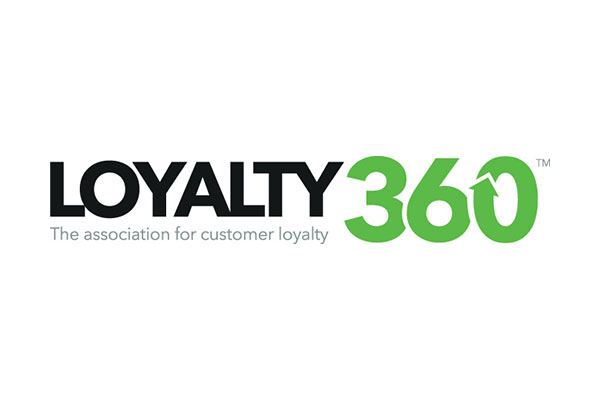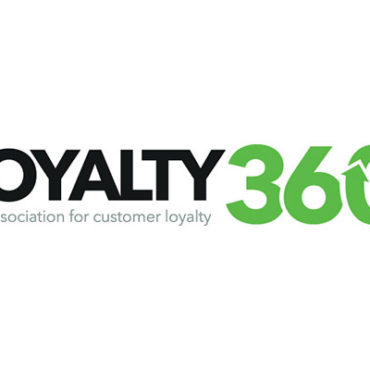[ad_1]
Cassie Preston is the Director of Client Services, CRM & Loyalty at Baesman, a customer loyalty technology firm and agency dedicated to helping brands create relevant and personal connections with their customers.
Loyalty360 CEO Mark Johnson met with Preston and Senior Account Manager, CRM & Loyalty Kristian Grizzell to discuss the changing privacy laws and how it impacts customer loyalty.
What is happening in the consumer privacy space in the last several years, and how are some of the newer regulations impacting marketers and brand loyalty programs?
Preston: Consumer data privacy has always been part of the consideration set for brands, but now even more so as more and more brand marketers harness data to personalize omni-channel experiences for their customers.
In the post-pandemic, cluttered marketing world, consumers have begun to demand more protection of their data from brands with which they choose to interact. Many states are leading the charge with specific regulations like CCPA, CPA, CDPA, and others in an effort to protect consumers at the state level, but in the United States, there are no federally mandated consumer privacy regulations that span all states.
Tech giants that supply much of the technology that enables the digital channels in which we browse and shop our favorite brands have responded to consumer demand for privacy protection with specific technology enhancements that enable consumers to take privacy into their own hands.
In addition to state specific legislation, companies like Apple and Google have already begun to develop consumer privacy protections, and it’s already influencing how brand marketers build their audiences for marketing campaigns and track performance across the marketing mix.
It’s been one year since Apple rolled out its iOS15 operating system which enables consumers to opt into mail privacy protection (MPP), giving consumers the option of hiding if or when they open marketing emails. This change from Apple notably impacted email marketers and the way they thought about gauging initial signs of engagement with their email marketing campaigns. Open rates for many brands soared over the period prior to the change – sometimes by up to 200% or more – making it nearly impossible to know if a human opened an email, or if Apple’s pre-fetch open technology did. Apple has plans to expand its privacy protections in future iterations of its core software.
And Google announced plans to remove cookie tracking in 2024, which will impact marketers’ ability to accurately target and remarket to its customers in the lucrative digital channels within the marketing mix.
Why are these newer responses to consumer privacy interests so impactful this time around?
Preston: Email and digital marketing have become the gold standard ways to communicate with a brand’s customers because they’re inexpensive and highly trackable, often delivering some of the highest ROIs of the CRM marketing channels.
Removal or masking of the data provides marketers with less clarity around consumer actions or inactions, making it more difficult to hyper-target marketing messages.
Who is adopting and implementing privacy changes to protect consumers, and when do they take effect?
Preston: Apple & Google, as well as social media platforms are implementing the changes.
Some have already gone into effect, like Apple’s iOS15 operating system changes in September 2021. Google plans to introduce the cookieless future sometime in 2024.
Additional regulatory change is expected at the state level, which is likely to cascade to technology service providers.
What marketing channels are impacted?
Preston: Email, social media, and digital marketing are all impacted by the desire for more consumer privacy protection options.
How has goal setting, KPI tracking and measuring the performance of loyalty marketing campaigns changed?
Preston: As marketers think about their goals for next year, it will be more important than ever to go back to the basics. What does your consumer want and need and how do you solve that want or need for them?
As more and more brands continue to leverage email prevalently within the marketing mix to encourage customer spend, be sure to track deeper measures of engagement – things like clicks, site or specific page visits and the duration of those. Come up with a game plan to provide targeted messaging downstream using the full CRM mix if you don’t see the engagement you had hoped for within the email channel alone.
Grizzell: While campaign strategy does not need to bend notably to address the shift in privacy regulations, what does need to adapt is how we (as marketers) view the analytics and results data from our efforts. Determining if an email has performed is no longer about opens and clicks, but it is back to basics – we need to look at test vs control. Did your target audience move the needle on your pre-defined key metrics? Did your test group spend more? Make more trips? Add a sale outside of their usual routine?
To read our results in this manner, we must plan our campaigns more strategically and really prioritize who is receiving the marketing in order to understand its performance and properly define a control group to measure against.
What outcomes have we already seen develop as consumer privacy has made its way back to the forefront in the last couple of years, and continues to gain traction? What outcomes are expected?
Preston: Brand marketers are adaptable, just like the customers they serve. While many of the impacts of recent changes have affected the digital channels many of us know and love, we’ve found creative ways to serve the customer thoughtfully, and still provide relevant, data-driven marketing.
Many brands have made the move to solely first-party collected data – data collected from a consumer who chooses to share their data directly with a brand. While a big initiative, it’s one that is likely to deliver, as consumers expect more and more personalized marketing, but also become increasingly focused on data protection and knowing the information they provide won’t leave the brand they choose to share it with.
We’ve also seen a push by many brand marketers to an integrated marketing approach, leveraging that first-party data.
These can be big changes within an organization, but brands have accepted the challenge and found ways to implement these changes while keeping their customers engaged and happy. Not sure how to start exploring first-party data, or data management? Ask an expert partner to help – not only will you be thankful for the objective point of view, but you might also find some new, creative ways to strategically collect, manage and use your first-party customer data.
How should marketers respond to the current regulatory environment?
Preston: Open that feedback loop with your customer and stay tuned to their wants and needs.
When you’re collecting data from your customers, tell them how you plan to use it or not use it. Put them at ease about how you’ll engage with them.
Give your customers the option to express their preferences – channels with which you engage them, types of messages they receive in each of those channels, etc.
Keep brand goals at the forefront of everything you do, and leverage the CRM marketing mix fully to create meaningful experiences that build trust and drive customers back to your brand.
How does a brand’s data strategy need to change, if at all, when using data to personalize marketing and outreach?
Preston: Consumers are looking for personalized experiences, and they expect the brands with which they choose to engage to know what they want based on the data they provide.
Be smart about your data hygiene and use the consumer data you have access to responsibly. Present relevant marketing messages in preferred channels to customers.
What do brands need to know about customer data sources and the information you have about your customers and prospects as it relates to tracking performance and future marketing to those contacts?
Preston: It’s important to put the consumer first and be sure they’ve consented to your outreach tactics. First and foremost, data that you’ve collected should be validated and verified – make sure you’re honoring what your customer has told you about what they want you to do and not to do with the data they’ve provided.
In terms of tracking performance – look for human engagement with your marketing – email is still a valuable channel even though open rates can’t necessarily be the metric for measuring first signs of engagement with an email anymore. Email as a channel still delivers quality ROI and things like clicks and conversion should become the focus for not only performance tracking but also for remarketing strategies.
How do privacy changes influence strategies for acquiring, maintaining, and retaining loyal customers?
Preston: Loyalty at its core is built on a solid foundation of trust between a customer and a brand. Marketing strategies that are built around adapting to customer needs and wants will be important as marketers navigate changes to marketing across the various channels within the marketing mix. A strong, data-driven, consumer-focused marketing strategy will remain important in the years ahead as the landscape continues to change.
[ad_2]
Source link




